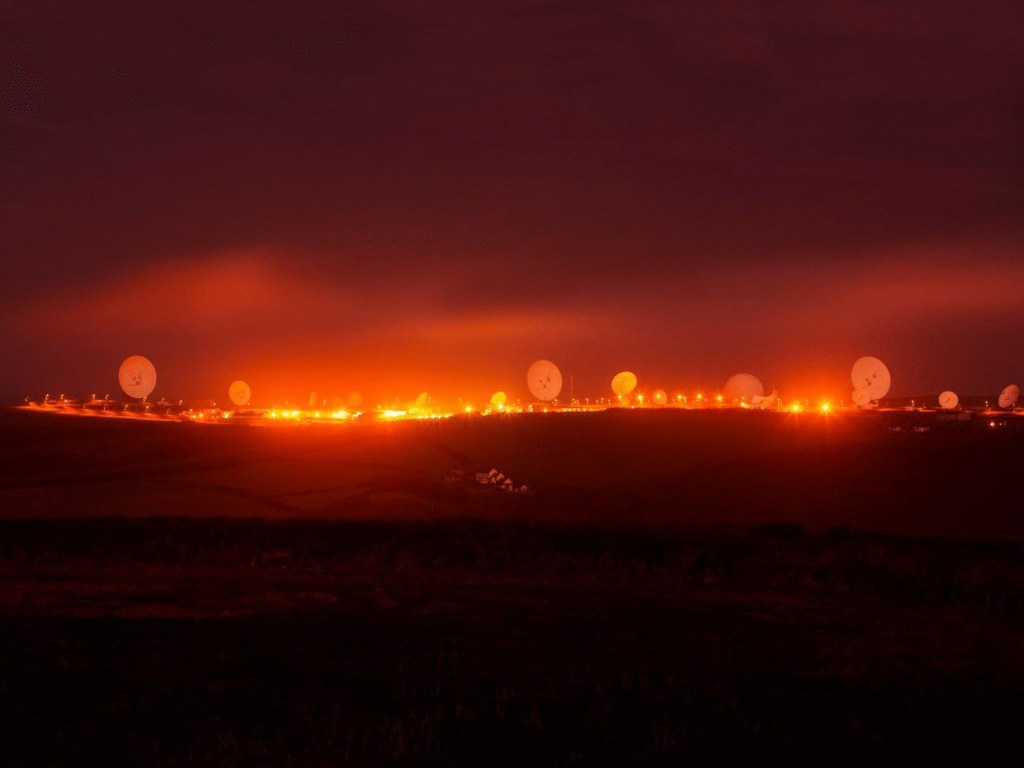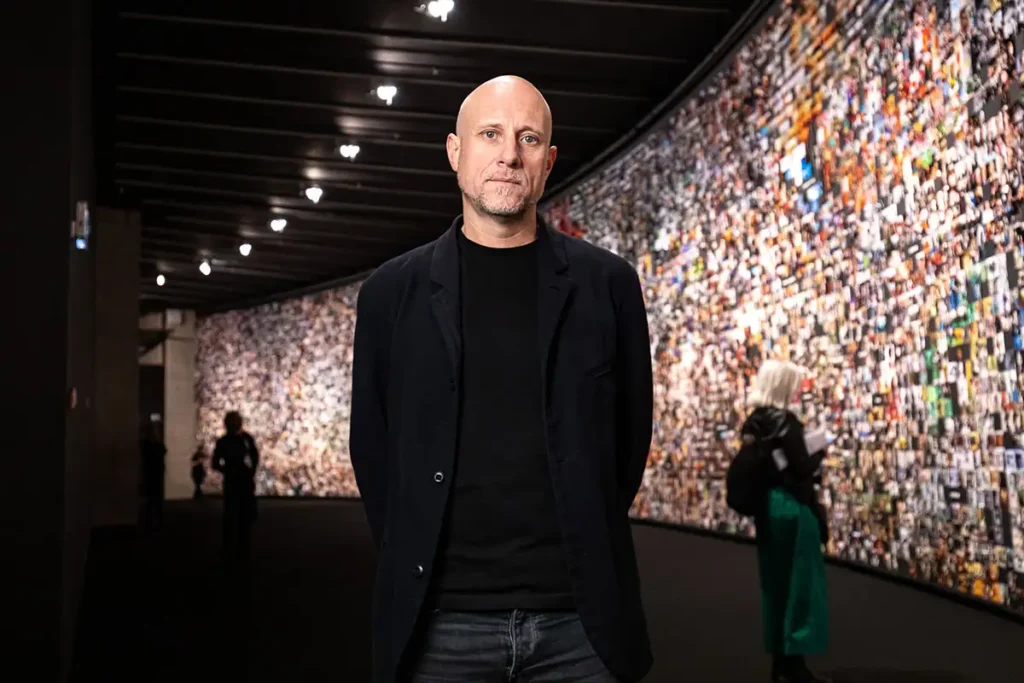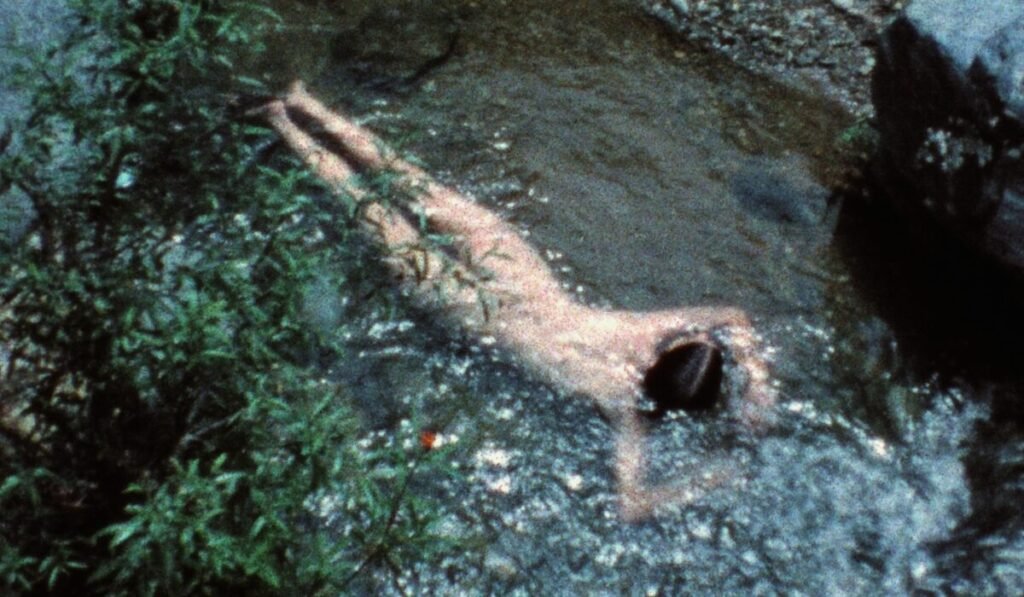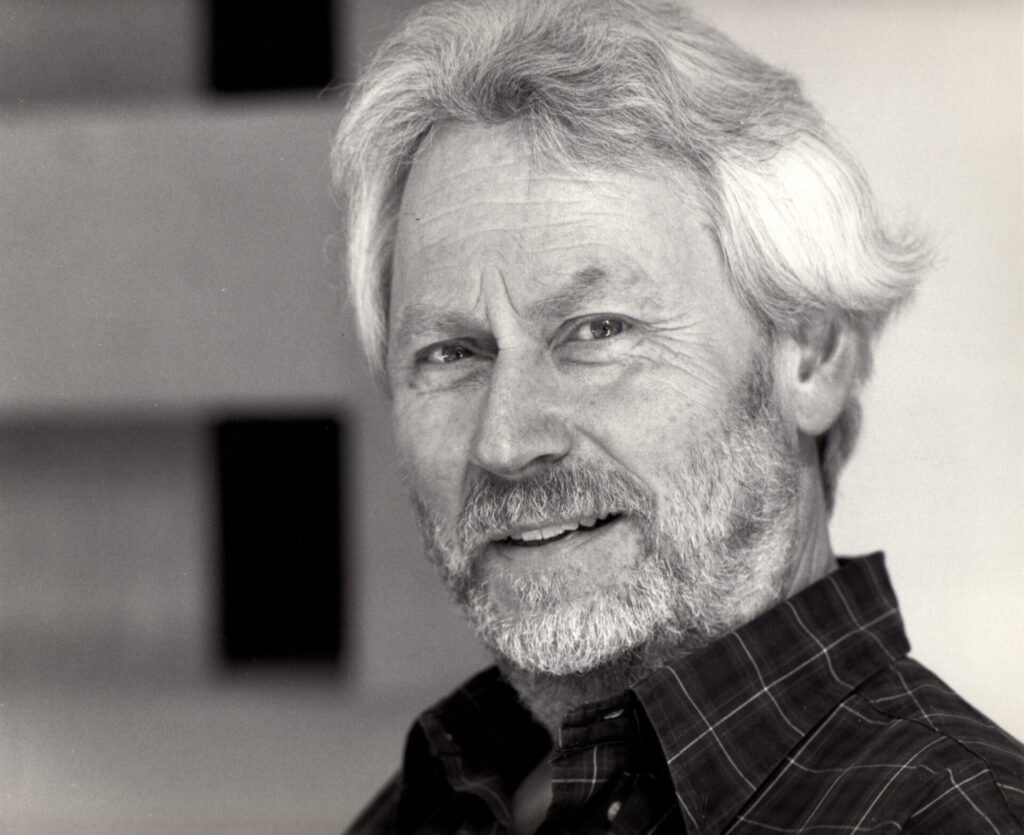We live in a time when the gaze is no longer human. Cameras, satellites, and algorithms observe gestures, anticipate desires, and archive lives. The subject is no longer a presence, but data. It is in this context that the art of Trevor Paglen asserts itself as a counter-attack: his images make visible what power tries to hide. Blurred satellites in the sky, mapped submarine cables, secret installations captured at the edge of vision. What should remain invisible returns as aesthetic testimony and denunciation.

The history of art has always been tied to the gaze. Alberti, in the Renaissance, spoke of painting as a window open to the world: to see was to order, to measure, to place the human at the center. Cubism, centuries later, fragmented this certainty, multiplying points of view as if the canvas were already a cinema.
Photography froze the instant; cinema expanded the gesture into a narrative. Now, however, the gaze migrates to the machine: we do not see what is before us, but what it calculates we will do. The risk is not only technical but political: seeing has become capturing.
The Aesthetics of Opacity of Trevor Paglen
Trevor Paglen intervenes by revealing the apparatus that sustains this global gaze. His strategy is not sharpness, but opacity. Long exposures, blurred images, nocturnal atmospheres: the indiscernible is transformed into a critical language. Against the advertising aesthetic of absolute transparency, he bets on the veil, on suggestion, on the technological sublime. The viewer oscillates between cosmic fascination and unease before the invisible eye of surveillance.
The strength of his work lies in this ambiguity: it shows that power is not just an algorithm, but also cable, antenna, and material infrastructure. The museum thus becomes a space of counter-surveillance: we see what normally watches us without being seen. More than denunciation, it is an invitation to imagine other futures: ways of looking that do not capture, but care.
The message is simple and harsh: to look is always an act of power. Paglen returns to the public the awareness that resistance begins with seeing. Amidst hyper-surveillance, his art opens fissures and zones of freedom. While the machinic gaze seeks to predict steps, the artistic gaze insists on returning them to the contingency of the human.



